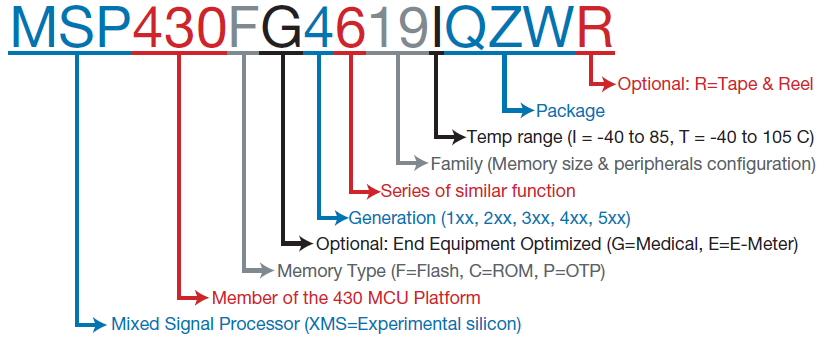
THE MAIN REASON ENGINEERS WANT SMART PART NUMBERS. IT IS NOT WHAT YOU THINK…
Today, I want to share with you the main reason, I think many companies and engineers are tirelessly trying to keep “smart” or semantically meaningful part numbers in their practice. Before I will do so, I want to talk about the realities that facing engineers and manufacturing companies that lead them towards such a hard dilemma about Part Numbering schemas.
Multiple Silos of Software Tools
Engineers and manufacturing companies are using many tools. Design, analysis, planning, purchasing, production, and manufacturing operations. All these tools are not really well coordinated and orchestrated. They don’t exchange data very well and use files and documents as one of the most reliable ways to connect between multiple elements of the design, engineering, and manufacturing processes. As a result of that, engineers have no other change, but somehow to connect these systems using a variety of methods. One of the most efficient and old fashion is meaningful names for documents, files, and part numbers (sometimes all these three are the same).

Legacy Data
The reality of every company (even a small startup that just started prototyping) is to deal with the legacy data that is re-used by engineers. Engineers will bring old projects, referenced designs, suppliers’ documentations, and many other sources. With the lack of a better approach, they will start using what they have. And here you will get it old numbers are coming alive again.
Drawings
I remember two decades ago, some of my friends in the 3D MCAD business told me that 2D Drawings will disappear in the next 5-7 years. Well, we still smile together about our willingness to put 2D drawings to rest, but surprisingly enough, newly established cloud and mobile CAD systems are spending an enormous amount of time developing 2D drawing features in the 2020s. 2D drawings are distributed using paper and PDF files, but there is one thing they have to have – part numbers that can be used outside of all systems. And many engineers prefer to have them meaningful.
Low Trust in Data Management
I found this reality very interesting. In one of my conversations, I asked a few company reps about why they are afraid to have simple numbers as Part Numbers. I demonstrated to them how any additional information can be extracted from the PLM system using these simple numbers and the system is capable of adding any additional attributes associated with these simple numbers. The answer was shockingly simple – what if the system will not be available one day? What are we gonna do?
Why Engineers Stick with Meaningful Numbers?
Engineers are super smart. What happens under the pressure of the realities I mentioned above, engineers found a simple reason to solve the problem- the power of their brain and memory. Engineers rely on brainpower to remember what kind of number is for what kind of part. It feels super-efficient (just look at this number) and independent on all systems that one day can disappear or become not available.
What is my conclusion?
One of my very old mentors was always saying that the worst pencil is better than the best memory. This is how I end up dealing with computers and data management systems and stop remembering everything. Unfortunately, the engineering brainpower plays a very bad game with many companies that continue to intellectualize and support the idea that Part Number can be used for something more than just identifying the record in the data management system. As a result, they invent a set of codes, symbols, letters, numbers to be able to identify the number by simply looking at it. Just my thoughts…
Best, Oleg

Don’t hesitate to contact Thanh for advice on automation solutions for CAD / CAM / CAE / PLM / ERP / IT systems exclusively for SMEs.
Luu Phan Thanh (Tyler) Solutions Consultant at PLM Ecosystem Mobile +84 976 099 099
Web www.plmes.io Email tyler.luu@plmes.io
